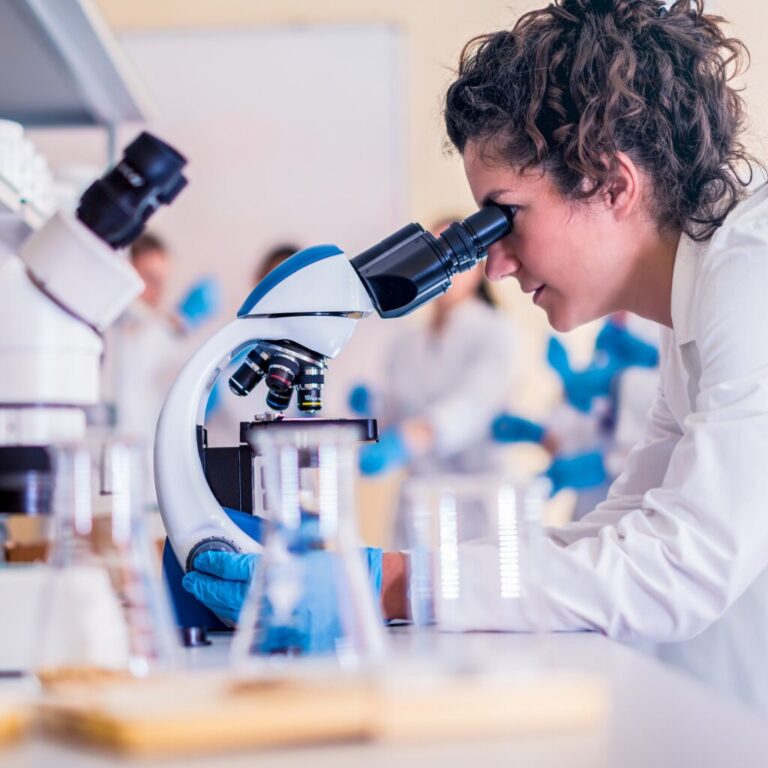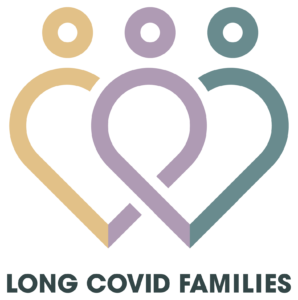
When Families Try Everything
When Emily was thirteen, she went from being a healthy middle schooler to barely making it through a single class period. Her parents drove hours to specialists, sat in waiting rooms, and paid for therapies insurance refused to cover. But when your child is sick, you try everything.
They spent more than seventy thousand dollars in a year, draining savings and taking on debt. Each option promised relief. None delivered.
Nearly six million children in the United States now live with Long COVID. The question is whether a child like Emily can return to school, whether her parents can keep working, and whether families like hers can find care that actually helps.
Why Children with Long COVID Are Still Waiting for Treatment
There are no approved treatments for Long COVID, not for children and not for adults. Some doctors try medicines developed for other conditions, a practice called off label use. For children, this happens far less. Families say insurance denials are common because there is not enough child specific data. The result is that most children are left without real medical support.
The first barrier is diagnosis. Pediatricians say they do not know enough. Specialists say it is outside their scope. No specialty claims it.
Without a diagnosis, there is no treatment plan and no clear path to care. Even with a diagnosis, families often face long travel, high bills, and repeated messages that nothing more can be done. The result is delay. And delay costs children time in school, stability at home, and important chances to grow and connect with friends.
What We Saw in 2024 and What is Changing in 2025
At the first RECOVER TLC Workshop in September 2024, pediatric needs were almost absent. RECOVER is the federal research program on Long COVID. RECOVER-TLC is a new effort within that program focused on finding treatments. Over two and a half days, only 53 minutes were spent on children.
Long Covid Families joined virtually and pressed for answers: Where is the child-specific data? How can families get a diagnosis? Why should children wait?
Pediatric researchers in attendance spoke up too. They pushed for trials that include children from the start and for pediatric voices in research planning. Their concerns echoed what families have long experienced, children left out of systems not built for them.
One clear voice was Dr. Melissa Stockwell, chair of the RECOVER Pediatric Coordinating Committee. She explained why pediatrics is ready for treatment trials. It was one of the only sessions focused on children.
By the end, pediatric inclusion had gained traction. That shift came from persistence, partnership, and the combined presence of families, pediatric allies, and Long Covid Families together in the room.
This year, the landscape looks different. Children are on the agenda, and their voices will be heard directly on the panel through Long Covid Families’ president, Megan Carmilani.
This year, Long Covid Families will return to the workshop with the same clear priorities:
Ensure research measures outcomes that reflect real life, like attending school and keeping friends
Create research criteria designed specifically for children
Keep child and family voices at the center of research and data sharing
We will be joined by pediatric researchers and doctors committed to keeping children’s needs at the forefront until there are safe, effective treatments.
What about the Children?
For the six million children living with this illness, the question is simple: What about the children?
Emily’s family has done everything they can. What they need now is a system that recognizes children, research that includes them, and care that helps.
That is why Long Covid Families is at the table where decisions are being made, pressing researchers, policymakers, and clinicians to act for children. We will keep families at the center until answers come.
Because no child should grow up waiting for medicine that never arrives.




